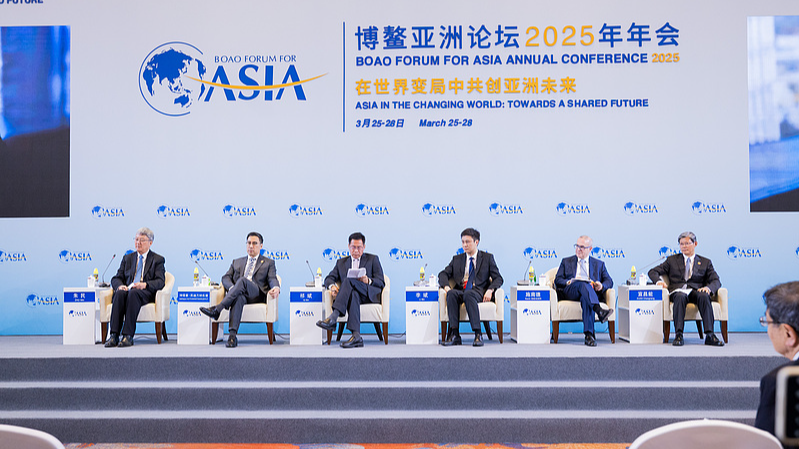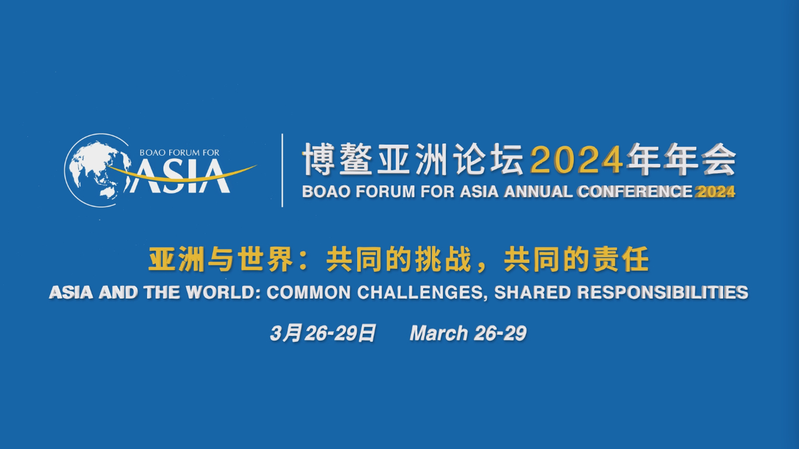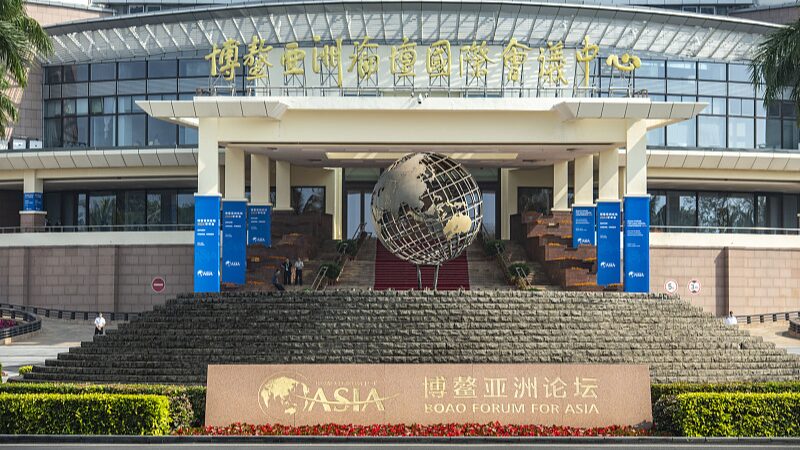As global supply chains navigate restructuring pressures and economic headwinds, China is emerging as a linchpin of stability through infrastructure investments and trade partnerships, experts highlighted at the Boao Forum for Asia (BFA) Annual Conference 2025 in Hainan Province.
Infrastructure as a Catalyst
Akylbek Zhaparov, former chairman of the Cabinet of Ministers of the Kyrgyz Republic, underscored the transformative potential of projects like the China-Kyrgyzstan-Uzbekistan railway during the event. Once operational, this Belt and Road Initiative (BRI) corridor will provide Central Asian countries with enhanced maritime access via Chinese networks. "This reduces dependence on traditional routes and insulates economies from disruptions," Zhaparov said.
Data-Driven Integration
A BFA report revealed Asia accounted for 41.17% of global intermediate goods trade in 2023, far outpacing the EU's 25.5% share. Yasiru Bandara Ranaraja of Belt & Road Initiative Sri Lanka noted: "The BRI has diversified Asia's trade routes, creating redundancy that strengthens regional resilience."
Policy Momentum
China has removed foreign investment restrictions in manufacturing and expanded market access across healthcare and tech sectors. With 23 active free trade agreements and leadership in implementing the Regional Comprehensive Economic Partnership (RCEP), Beijing is shaping a rules-based trade framework. "China offers emerging economies partnership without dictate," observed Temir Porras of Global Sovereign Advisory.
Corporate Confidence
Foreign firms like Japan's AGC Inc. and Germany's Merck are expanding operations, drawn by China's production ecosystems and talent pools. "Our growth here reflects China's pivotal role in global manufacturing," said AGC executive Ueda Toshihiro.
Next Frontiers
While acknowledging progress, Roland Berger's Denis Depoux urged Chinese firms to evolve from manufacturing hubs to innovation leaders. "The transition from 'Made in China' to 'Designed in China' will cement long-term competitiveness," he advised.
Reference(s):
China boosts global supply chain via openness, regional connectivity
cgtn.com







